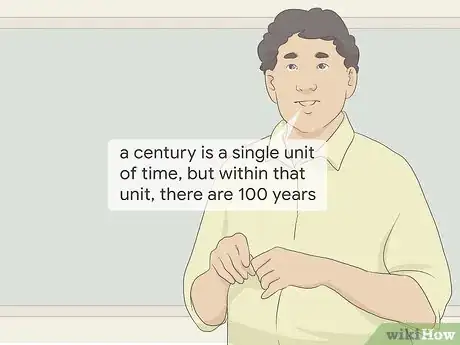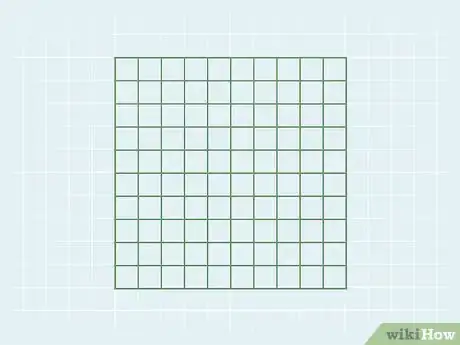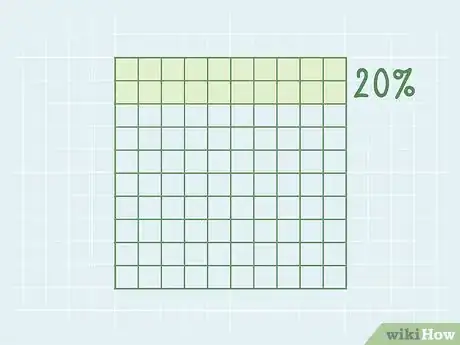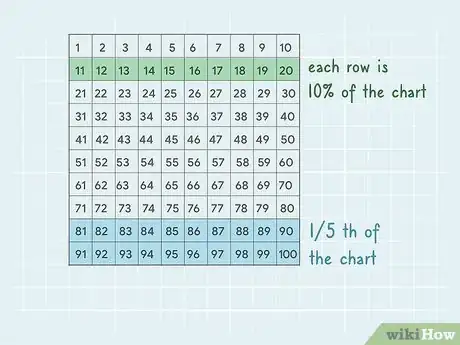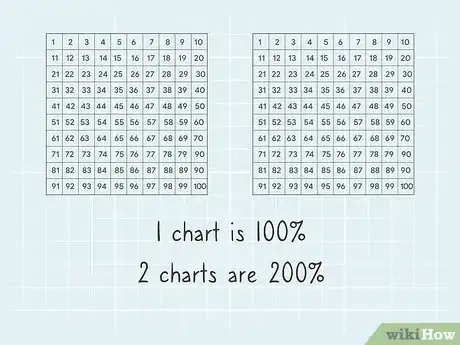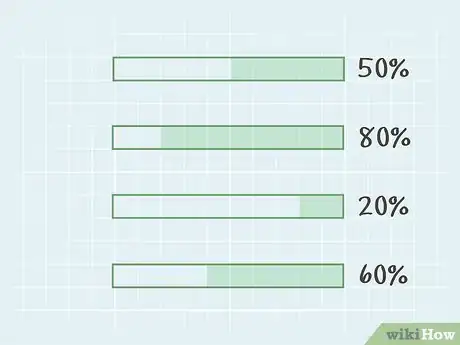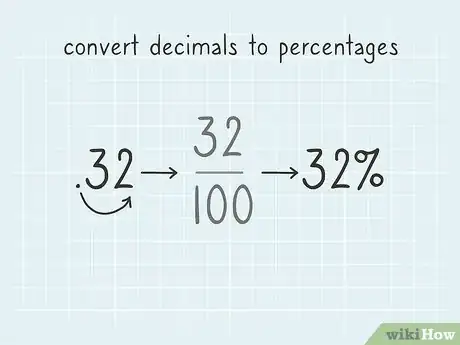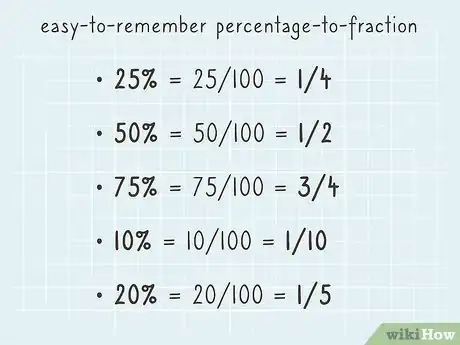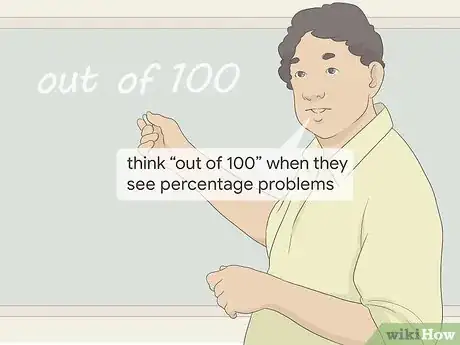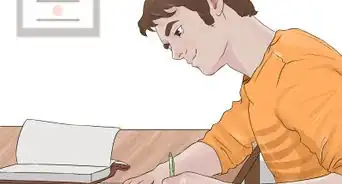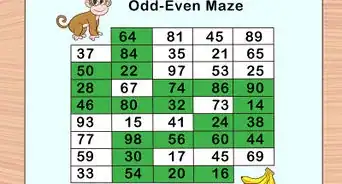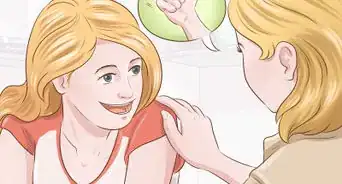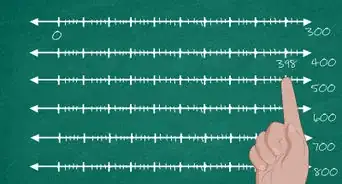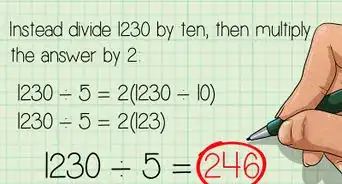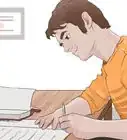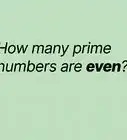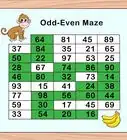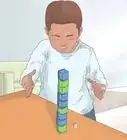This article was co-authored by Grace Imson, MA. Grace Imson is a math teacher with over 40 years of teaching experience. Grace is currently a math instructor at the City College of San Francisco and was previously in the Math Department at Saint Louis University. She has taught math at the elementary, middle, high school, and college levels. She has an MA in Education, specializing in Administration and Supervision from Saint Louis University.
There are 7 references cited in this article, which can be found at the bottom of the page.
This article has been viewed 24,672 times.
Percentage is an important concept that students will use regularly in their everyday lives. Luckily, this means that many students already have an idea of what percentage means and you can relate it to their base knowledge. Start by assessing what students already know. Then, use visual representations such as a hundred chart to demonstrate what percentage is. Once students can visualize and explain percentage, show them some short cuts to make calculating percentages easier.
Steps
Explaining What Percentage Is
-
1Relate percentage to everyday concepts. Students usually start learning percentage at around age 8-10, and quite a few will already have a sense of what the concept means. Ask students where they have encountered percentages in everyday life. For example, they might have gotten 100% on a test, or maybe they've seen a 50% off sale.[1]
- Begin class by asking, "Where have you seen the word 'percent' before? What does it mean?" Come up with a list together.
- This can help you assess what students already know about percentage and what you need to cover.
-
2Explain that percent represents hundredths.[2] A percentage is a fraction with a denominator of 100. Also explain that in decimal form, a percentage can be found from the first 2 digits after the decimal point.[3]
- As long as you have already covered fractions and decimals, this will link percentage back to a familiar concept.
Advertisement -
3Use the concept of a century to explain percentage as parts of a whole. A century is a single unit of time, but within that unit, there are 100 years. This could be a useful way to help students conceptualize what the term means.[4]
- This can be a useful strategy for students that are more linguistically-inclined learners rather than visual learners.
Using Visual Representations
-
1Divide a square into a 10x10 grid. Create a grid with 10 rows and 10 columns to make a square with 100 spaces. You can use a digital version to demonstrate the concept to students on a screen and print copies for students to practice on their own.[5]
- You can also find hundred chart templates online.
- This is a useful visual for introducing young students to the concept of percentage.
- You can also use circle charts to demonstrate percentages.
-
2Ask students to create percentage artwork using the grid. Students color each square of a 10x10 grid to create their own unique artwork. Then, have them calculate the percentage of each color on their grid. For example, if a student colored 20 squares red, they would calculate that the grid is 20% red.[6]
- Each square should only be one color.
- This is a good activity for reinforcing the concept of what percentage is for young students.
-
3Use a hundred chart to convert between fractions, decimals, and percentage. Ask students how many squares they would have to color to fill in 50% of the chart. How do they know? Explain that each row is 10% of the chart, and ask them to convert that to decimal notation.[7]
- Do some exercises to reinforce the links between fractions, decimals, and percentage. For example, ask the students to color .47 of the chart, or 1/4 of the chart and convert those numbers to percentages.
-
4Double the grid to understand percentages over 100. Students may struggle to understand percentages over 100. Use 2 charts to explain the concept. If 1 chart is 100%, 2 charts are 200%. They will be able to visualize that 200% represents something doubling.[8]
- Reinforce that 100%=1/1, so 200%=2/1.
-
5Have students practice representing percents on a strip diagram. To create a strip diagram, or percentage bar, simply draw a long rectangle. Ask students to estimate where certain percentages fall on the bar. For example, have students draw a line in the middle to represent 50%.[9]
- This format may be familiar to students who see it represented in battery power. For example, an iPad with 50% battery will show a rectangle half filled in.
- You can use this method to introduce the concept of how percent, decimals, and fractions are related.
Teaching Students Percentage Shortcuts
-
1Have students quickly convert decimals to percentages. Students can convert decimals to percentages by moving the decimal point 2 spaces to the right. Demonstrate this by using an arrow to show the decimal point moving over. For example, show the students that .32 is the same thing as 32%.[10] [11]
- Have students convert a few decimals into percentages and vice versa on their own.
-
2Show students easy-to-remember percentage-to-fraction conversions. Make a poster that shows a few easy conversions so that students can reference it quickly. Tell them to use it to quickly solve problems. For example, if students need to find 25% of a number, they can reference the chart to see that this is the same as finding 1/4 of a number. This way, students will start to make the association between fractions and percentages. This can also be a good reference for older students. You can include:[12]
- 25%=25/100=1/4
- 50%=50/100=1/2
- 75%=75/100=3/4
- 10%=10/100=1/10
- 20%=20/100=1/5
-
3Tell students to think "out of 100" when they see percentage problems. When students see percentage in a word problem, tell them to immediately write the number as a fraction out of 100. Students are often used to having 3 numbers to work with to find a fourth. Writing a percentage as a fraction will give them another number to work with.[13]
- For example, if a word problem asks students to find out what 60 percent of 20, they will immediately write 60/100.
- This is a strategy that is helpful for middle school students (around ages 10-13).
References
- ↑ https://sciencing.com/how-to-teach-children-the-basics-of-percentages-12750606.html
- ↑ Jake Adams. Academic Tutor & Test Prep Specialist. Expert Interview. 20 May 2020.
- ↑ https://sciencing.com/how-to-teach-children-the-basics-of-percentages-12750606.html
- ↑ https://sciencing.com/how-to-teach-children-the-basics-of-percentages-12750606.html
- ↑ https://sciencing.com/how-to-teach-children-the-basics-of-percentages-12750606.html
- ↑ https://sciencing.com/how-to-teach-children-the-basics-of-percentages-12750606.html
- ↑ https://denisegaskins.com/2008/09/22/things-to-do-hundred-chart/
- ↑ https://sciencing.com/how-to-teach-children-the-basics-of-percentages-12750606.html
- ↑ https://www.maneuveringthemiddle.com/how-to-teach-part-whole-percent-problems/
- ↑ https://www.helpingwithmath.com/by_subject/percentages/per_calculating.htm
- ↑ Grace Imson, MA. Math Instructor, City College of San Francisco. Expert Interview. 1 November 2019.
- ↑ https://nzmaths.co.nz/resource/percentages
- ↑ https://www.maneuveringthemiddle.com/how-to-teach-part-whole-percent-problems/



